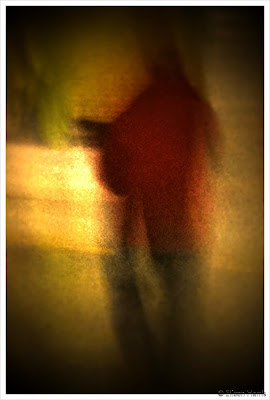



Night Fishing with Cormorants from Betsy Kopmar on Vimeo.
Animation commonly acknowledges the reality; the transference of realistic film qualities to animation is a well trodden path (see extreme photrealism in The Third and The Seventh). When I came across Betsy Kopmar's animation and started watching it, I was entranced by the meditative abstractness of it, but was also wary of the four minute video length.
But there's something about it which intrigues and tickles the creative core of me. It is an animation which draws its pool of inspiration from the 17th Century Japanese screen painting by Kano Tanyu, "Night Fishing with Cormorants", and by the very stark and beautiful novel of Akira Yoshimura, "Shipwrecks". What I was more curious about was what another person would see in this expressive (for you to interpret this word) but tightly stylised subject matter. It's the psychologist's game of the ink blob - what do you see?
A good write up of methodology on Cinema 4Ds site about the artist's work.

